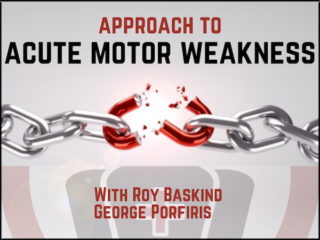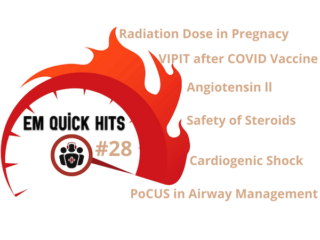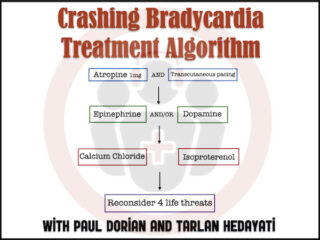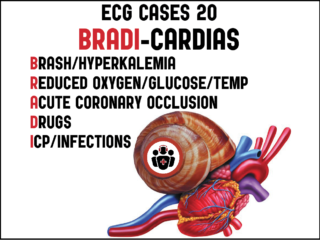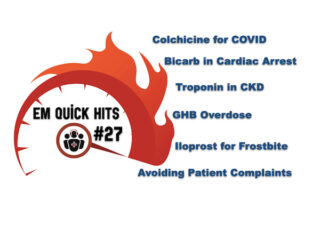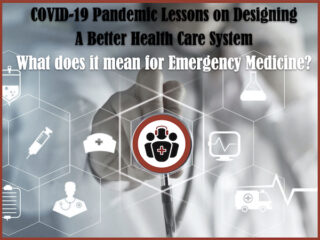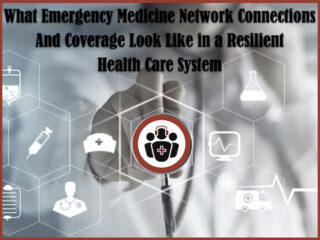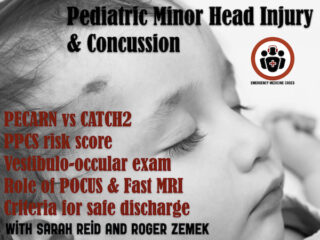Ep156 ED Approach to Acute Motor Weakness
In this Part 1 of our 2-part podcast on Acute Motor Weakness we introduce a five step approach to acute motor weakness with Dr. Roy Baskind Dr. George Porfiris: 1. Does the complaint of weakness represent a true loss of motor power? 2. The geography of weakness - patterns of motor power loss 3. Timing, course and fatigability of acute motor weakness 4. Distinguish upper versus lower motor neuron weakness by degree and speed of movement 5. Differentiate the types of lower motor neuron lesions - peripheral neuropathy vs neuromuscular junction vs myopathy, as well as review the indication for endotracheal intubation for the patient with neuromuscular weakness...

